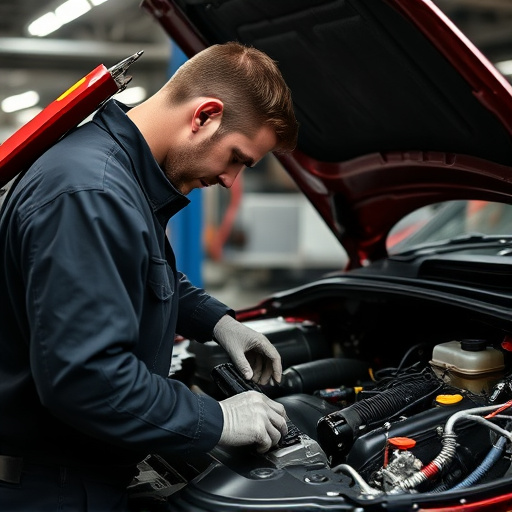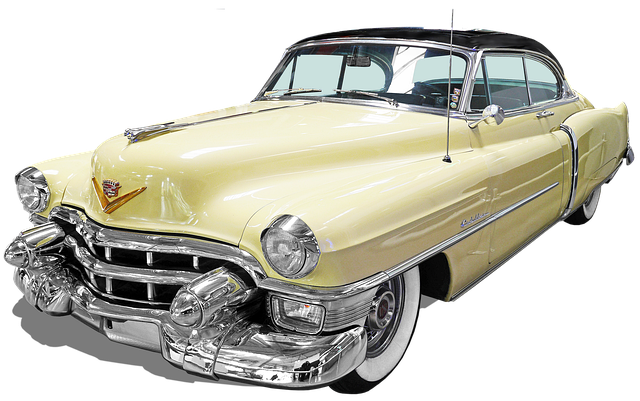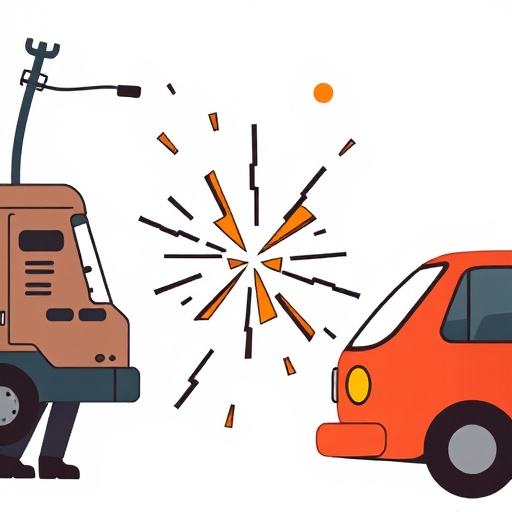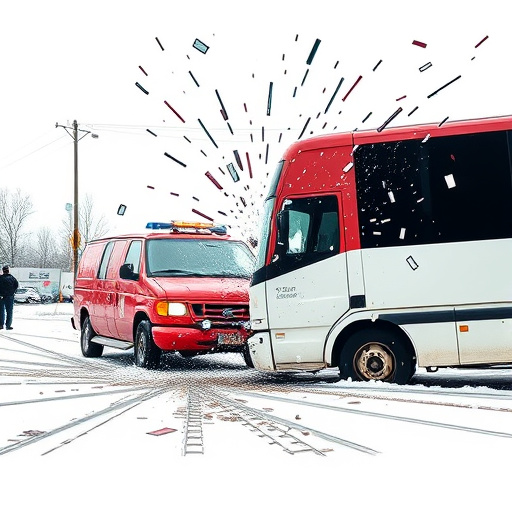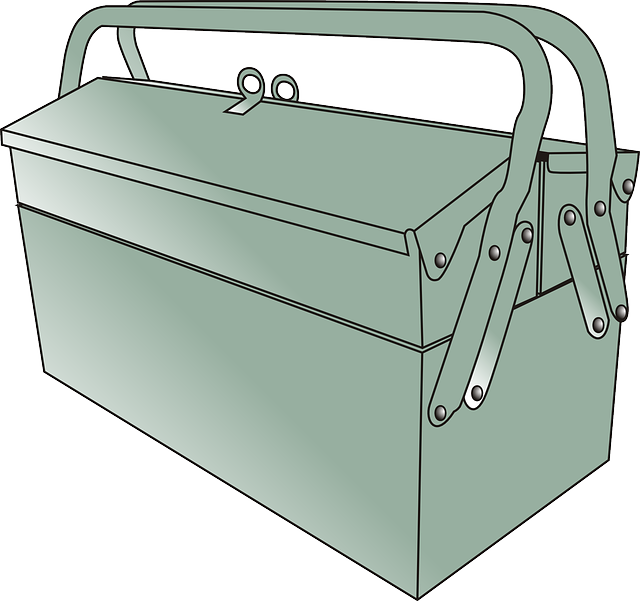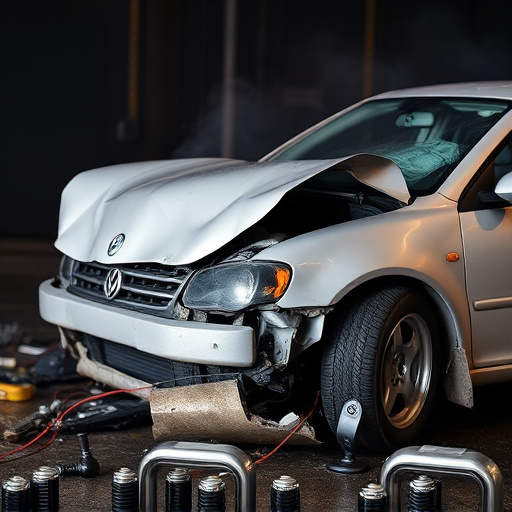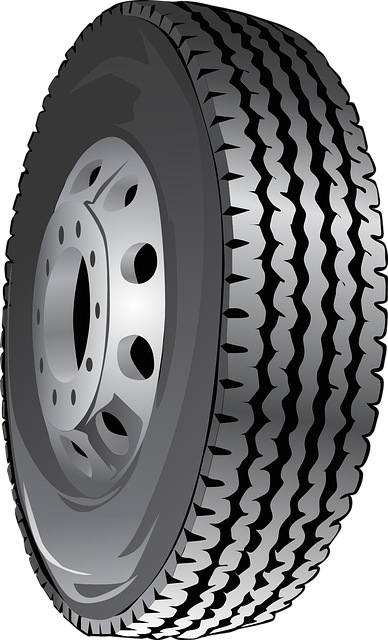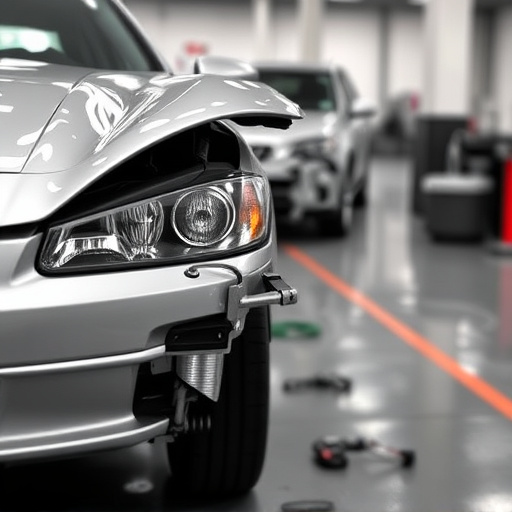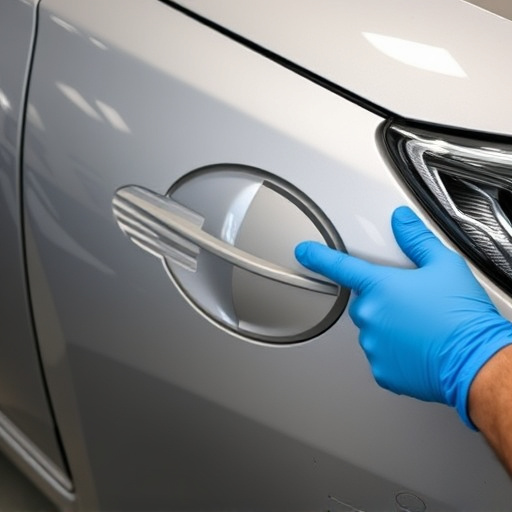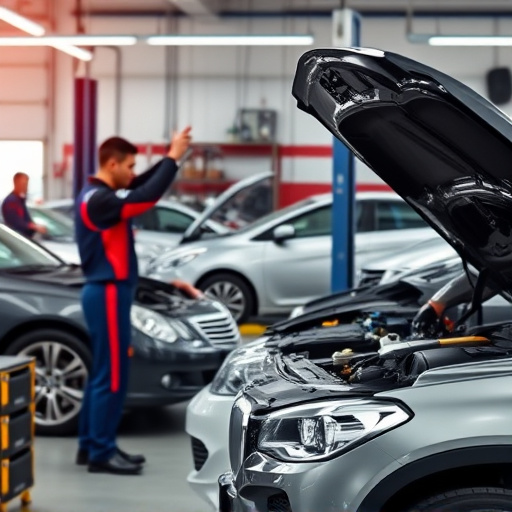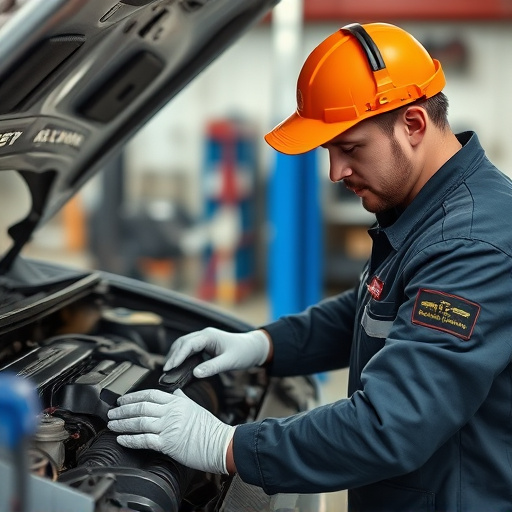Liability claim repair is a specialized insurance process focused on efficiently resolving vehicle damage claims, maintaining pre-accident vehicle value, and mitigating financial strain on policyholders. It involves comprehensive assessments, advanced repair techniques (e.g., dent removal, frame straightening), legal and financial dispute resolution, and collaborative stakeholder communication to achieve fair settlements. By streamlining claims and enhancing customer satisfaction, liability claim repair is a vital service that improves risk management for insurers and strengthens relationships with clients.
Liability claim repair is a critical aspect of the insurance claims process, playing a pivotal role in mitigating financial losses and fostering trust between insurers and policyholders. This comprehensive guide delves into the intricate world of liability claim repair, exploring its purpose, process, and profound impact on both the insurance industry and individual policyholders. By understanding these dynamics, we can appreciate how this service contributes to a more efficient, fair, and resilient claims landscape.
- Understanding Liability Claim Repair: A Comprehensive Guide
- The Process of Fixing and Resolving Liability Claims
- Benefits and Impact on Insurance Industry and Policyholders
Understanding Liability Claim Repair: A Comprehensive Guide

Liability claim repair is a specialized process within the insurance industry, designed to address and rectify issues related to liability claims involving vehicle damage. It plays a crucial role in ensuring fair compensation for policyholders while managing the overall cost of settlements. This comprehensive guide aims to demystify the concept for both insurance professionals and individuals involved in auto accidents.
The process involves a series of expert techniques, including dent removal and frame straightening, to restore vehicles to their pre-accident condition. Skilled technicians employ advanced tools and methods, such as precision measuring equipment and computer-aided design software, to accurately assess and fix auto bodywork. By focusing on these aspects, liability claim repair helps maintain the value of vehicles, prevents unnecessary financial burdens for policyholders, and facilitates a smoother claims settlement process.
The Process of Fixing and Resolving Liability Claims
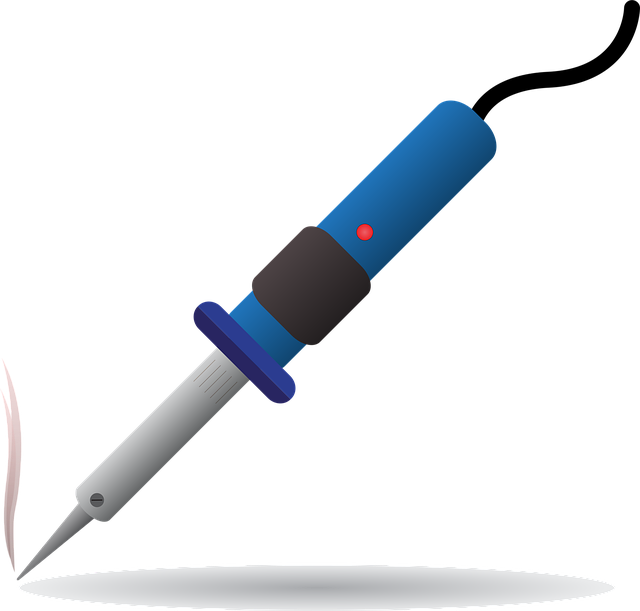
The process of fixing and resolving liability claims involves several crucial steps designed to restore order and minimize financial impact for all parties involved. Initially, a thorough assessment is conducted to determine the extent of damage, both physical and financial. This includes documenting the incident, gathering evidence, and interviewing relevant individuals. Once the scope of work is established, specialized teams begin the repair process. For vehicles, this often entails car body restoration, where damaged panels are replaced or repaired, ensuring the vehicle’s structural integrity is maintained.
Concurrently, experts in liability claim repair work to resolve any legal or financial disputes arising from the incident. This may involve negotiating with insurance companies, communicating with legal representatives, and managing settlement offers. The goal is to achieve a fair and just resolution that covers all related expenses, including car paint repair for aesthetic restoration. Effective communication and collaboration between all stakeholders are vital to ensuring a seamless transition back to normal operations for all involved.
Benefits and Impact on Insurance Industry and Policyholders
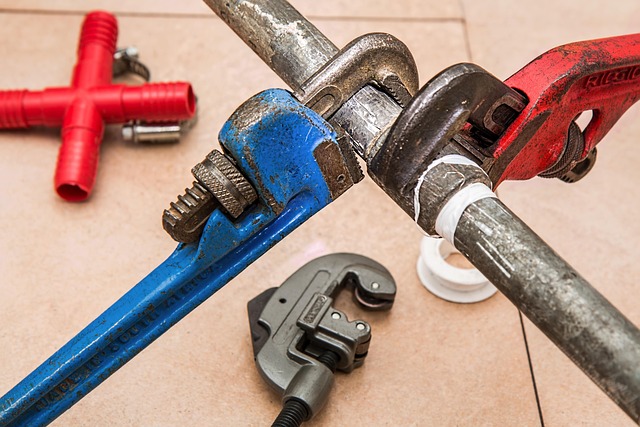
The practice of liability claim repair holds immense significance for both the insurance industry and policyholders. By focusing on efficient and effective resolution of claims, this approach enhances the overall customer experience, fostering trust and loyalty among insured individuals. When a claim occurs, whether it’s due to an auto frame repair, tire services, or dent removal, prompt and skilled handling can prevent minor issues from escalating into major disputes. This not only reduces costs for insurers but also ensures policyholders receive fair compensation without unnecessary delays.
Moreover, liability claim repair plays a pivotal role in streamlining the claims process, making it more transparent and predictable. For policyholders, this means clarity in understanding their coverage and faster turnaround times. For insurers, it translates to better risk management, improved financial outcomes, and a competitive edge in an increasingly demanding market. Ultimately, this collaborative approach benefits all parties involved, strengthening the relationship between insurance providers and their clients.
Liability claim repair plays a pivotal role in the insurance claims landscape, offering a comprehensive solution for resolving complex issues. By understanding the process and its benefits, insurance providers can enhance customer satisfaction and streamline operations. This approach not only mitigates financial losses but also fosters trust between insurers and policyholders, ensuring a more efficient and effective insurance ecosystem. Through effective liability claim repair strategies, the industry can navigate challenges and provide peace of mind to those who rely on insurance protection.
